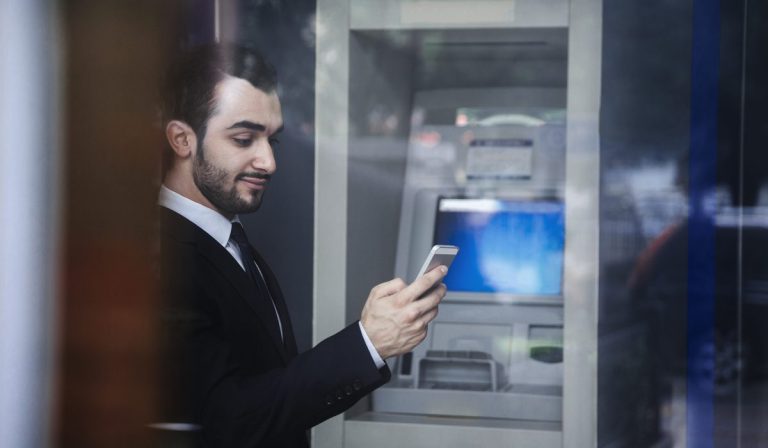The pandemic may have upended financial services and pushed many consumers to do their banking online, but there are still instances where in-person interactions are preferred — and even necessary.
Erica Pilon, chief product officer at NCR, told PYMNTS that financial institutions (FIs) can make the digital shift while still leveraging the core strengths that come with the branch experience.
The conversation came against a backdrop where data shows that while 48% of banking customers still use branches for some business, just 11% bank primarily at branches.
Pilon noted that when the pandemic first started, the branches shuttered and call center representatives worked from home. Consumers had to, by necessity, get the support they needed through digital channels. Now, with the tight labor market, she said, financial services companies (and firms in other verticals) are finding it harder to staff those centers.
The Digital Channels …
To that end, companies such as NCR have been striving to create ecosystems that are built around self-service and digital support systems. Pilon said that in NCR’s case, the company’s own digital support model begins with a conversational assistant chatbot that leverages data gleaned across the company’s systems.
Advertisement: Scroll to Continue
If that interaction proves to be insufficient, she said, a live company representative can be introduced into the conversation. The next level might be a video chat, she added, stating that all these levels are on offer across FI mobile apps, online banking and ATMs.
Read more: Most Consumers Expect Digital Banking to Be Personal Banking
… And the Physical Channels
With a nod toward the fact that physical branch settings are still important, Pilon said that the main reason some consumers may opt for brick-and-mortar banking that they need to talk to someone with some urgency, especially when things get complicated.
“These consumers might be opening an account or may be in the middle of a complex transaction,” she said, “or perhaps they need a certified check, which in fact cannot be done through a digital channel.”
At a high level, she said, omnichannel banking — with a continuum of physical-to-digital and digital-to-physical flow — could stand to learn from the customer experiences in the quick-service restaurant industry, where customers have been able to order ahead for years now.
Banks, she said, can pre-stage transactions across digital channel before wrapping them up at the branch — where users can be ushered into queues that are activity specific, and which get them out the door faster. Or, conversely, in a branch setting, these same users might be able to sign withdrawal slips and other paperwork digitally. She pointed to the acquisition last year of Terafina, which offers technology for streamlined account opening and digital onboarding. In that instance, a consumer might begin opening an account through the banking app, then come into the branch for additional support.
This cross-channel experience, said Pilon, “can push the users who are reluctant to use the mobile app — but who are in a branch and have the mobile device — to think of the digital as an add-on to the physical channel.” It also helps FIs with their own authentication of customers, which can help them boost turnover and cut down on fraud.
In addition, blurring the lines between digital and in-branch channels can help address “gaps” in digital banking among underbanked consumers who still rely heavily on cash. Banks can offer digital wallets that can store receipts for cash transactions in order to track expenses and possible move to embrace basic financial services.
With the right data in hand, she said, NCR’s FI clients can create custom experiences. They can encourage use of Zelle and basic accounts, for example, to clients who show a strong predilection toward making P2P payments. Or for users who are heavy digital users, the FI might offer what Pilon termed “white glove” support to take individuals through a variety of tasks in their daily financial lives.
No matter the demographic, she told PYMNTS, “there’s still a very strong need to have a strong digital support channel for self-service so that consumers can take advantage of some of the things that they would traditionally do in branch — and still have a personalized, engaged experience in the branch, too” she said.




